Machine translation vs. Human translation
Machine translation vs. Human translation: the debate lives on. From science fiction to headlines, the fear of machines replacing humans has long captured our imagination. We’ve envisioned everything from AI taking our jobs to Terminators roaming the streets. But how much of this fear is grounded in reality, especially in the world of translation? As AI language models advance, translators face a pressing question: Is their profession on the verge of obsolescence? Or is this just another case of overblown tech panic?
The truth is, while AI plays an increasing role in translation, it cannot fully replace human expertise. As experimental psychologist Steven Pinker points out, “artificial intelligence cannot understand the nuances of language as people do, nor does it have common sense.” This limitation means that, despite its efficiency, AI often fails in critical areas where human judgment, cultural sensitivity, and emotional nuance are essential.
In this blog, we’ll explore the future of machine translation vs. human translation, comparing Machine Translation (MT) with Human Translation (HT) and how businesses can benefit from a hybrid approach to translation.
The Rise of Machine Translation
In recent years, Neural Machine Translation (NMT) has significantly improved translation quality, reducing word error rates by up to 60% in languages with large datasets. AI systems can now process vast amounts of text—Google Translate alone handles over 100 billion words daily.
More so, according to CSA Research, companies using machine translation vs. human translation tools can reduce translation costs by 25%, making it highly attractive for businesses with high-volume, low-stakes content needs, such as product descriptions or social media posts.
However, AI’s limitations become apparent in areas that require deeper contextual understanding. For instance, in a comparison study between Google Translate and human translations of seven imperative sentences, Google Translate achieved only 29% accuracy compared to human translators, highlighting the significant gap in comprehension, especially for complex or context-rich language. Click here to go deeper into this translation study.
Human Translators: Why We Still Need Them
Despite AI’s impressive advances, it cannot fully replace the nuanced work that human translators do. This is particularly true in industries where accuracy is critical—legal, medical, and marketing translations all require a deep understanding of context, culture, and tone. AI might be able to translate words correctly, but it struggles with emotional undertones, idiomatic expressions, and culturally relevant references.
This distinction is reflected in real-world data. A 2017 MIT study found that human translations were still 70–80% more accurate than AI in legal and medical contexts. Mistranslating a single phrase in these fields can lead to severe financial or legal consequences, making human translators indispensable.
Moreover, the demand for human translators continues to rise. According to the U.S. Bureau of Labor Statistics (BLS), jobs for translators and interpreters grew by 49.4% between 2008 and 2018, thanks to globalization. And despite advances in AI, this trend persists. Census data shows a further 11% growth in translation jobs between 2020 and 2023, underscoring the ongoing need for human expertise in machine translation vs. human translation.
Machine Translation vs. Human Translation: A Balanced Comparison
Speed and Scale (Where Machines Excel)
To summarize, AI excels in handling vast amounts of text quickly, making it ideal for large-scale projects. Google Translate processes over 100 billion words per day, enabling businesses to meet high-volume demands at a fraction of the cost. This speed is a major advantage for businesses dealing with non-critical content, such as product descriptions and internal memos.
However, machine translation falls short in more complex linguistic tasks. Daron Acemoglu, an economist at MIT, cautions that while AI can perform some tasks well, translation remains a “test case“ where technology often fails to deliver reliable results. He notes that while AI is capable of some translation work, it “is just not that reliable” when faced with the nuanced demands of human language.
Accuracy and Nuance (Where Humans Excel)
Where AI struggles with cultural and contextual nuance, human translators excel. In another recent translation study, 63% of business leaders reported that human translation significantly improved customer experience, particularly in personalized communications where tone and intent are critical.
Additionally, a new ResearchGate study found that for imperative sentence translations, human translators were far more accurate than AI systems, emphasizing that the need for human translators remains strong, especially for high-stakes content like marketing campaigns or legal contracts. With more than 600,000 translators worldwide, the profession continues to thrive, driven by a need for accuracy and cultural competence that AI cannot yet achieve.
Why a Hybrid Approach Works Best
The solution to the machine translation vs. human translation debate isn’t to choose one over the other—it’s to combine both. A hybrid approach allows businesses to leverage the strengths of AI for efficiency while relying on human expertise for quality.
According to a 2022 report by Gartner, companies using hybrid translation models can reduce translation errors by 55% while maintaining the speed and scalability of AI-powered systems.
This hybrid approach enables businesses to scale operations while ensuring that customer-facing or legally significant content is reviewed by humans, safeguarding against costly errors and miscommunication.
Addressing Common Objections
Objection #1: “AI is improving rapidly. Why not fully automate?”
It’s true that AI continues to evolve—GPT models outperform older machine translation systems by 15-20% in certain linguistic tasks. However, AI still struggles with cultural context, idioms, and emotional tone. In industries like marketing, law, and healthcare, these factors are critical, and fully automating translation in such fields risks costly mistakes that could harm your brand.
Objection #2: “Machine translation is sufficient for everyday communication.”
While machine translation may suffice for routine tasks like internal memos or casual emails, customer-facing content demands a higher level of precision. A 2023 study by Globalization Partners found that 57% of customers are more likely to trust a brand when they know human translators are involved in key messaging. This trust is crucial for maintaining brand integrity in global markets.
What This Means for Your Business + Practical Examples
Where AI Excels
AI-powered translation tools shine in contexts where speed and volume are critical, and where the stakes for precision are low.
This makes AI the ideal solution for:
- Product descriptions
- Social media posts
- Real-time multilingual support in customer service
In these contexts, speed and scalability are the most important factors. This makes AI-powered translation the perfect solution.
Practical Example: An online retailer expanding into several European markets can use AI to translate thousands of product descriptions into French, German, and Spanish within hours, giving the retailer a head start in these regions without needing to hire a team of translators for low-stakes content.
Where Humans Excel
Human translators are necessary for high-stakes content, such as:
- Marketing campaigns
- Legal contracts
- Product manuals or technical documentation
Practical Example: A global gaming company releasing a new title would need human translators to adapt in-game dialogue, cultural references, and character interactions for different regions, ensuring the game resonates with players. Human translators would also handle legal agreements and player guides, preventing legal issues and ensuring players understand the game’s mechanics and enhancing the user experience.
CONCLUSION:
The Future is Hybrid
Today, businesses need more than just speed or accuracy—they need both. That’s why the optimal approach in machine translation vs. human translation is a hybrid model, where machine translation efficiently handles large-scale, routine tasks, and human expertise ensures high-stakes or customer-facing content is nuanced, culturally relevant, and error-free. This balance allows businesses to scale rapidly without compromising on quality or risking costly miscommunication.
Unlock Growth with OneSky’s Agentic AI Localization Solution
Why choose between AI speed and human precision when you can have both? OneSky combines the power of AI for efficiency with the unmatched accuracy of human translation to help your business expand globally without sacrificing quality. Don’t let language barriers hold you back—ensure your global strategy is scalable and seamless.
Ready to elevate your global presence? Click the button below to see how OneSky’s hybrid translation solutions can drive your business to new markets and maximize growth.

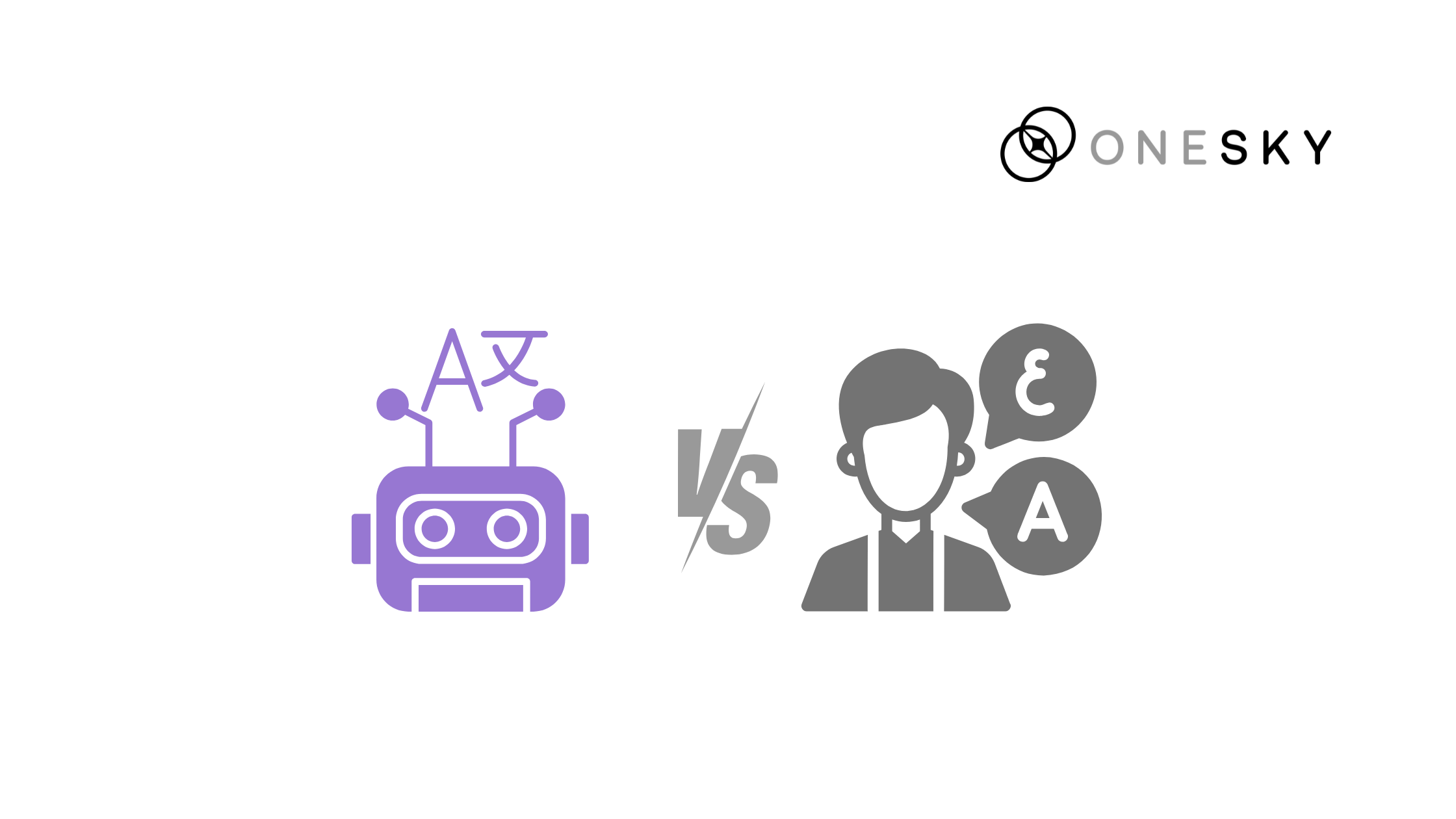
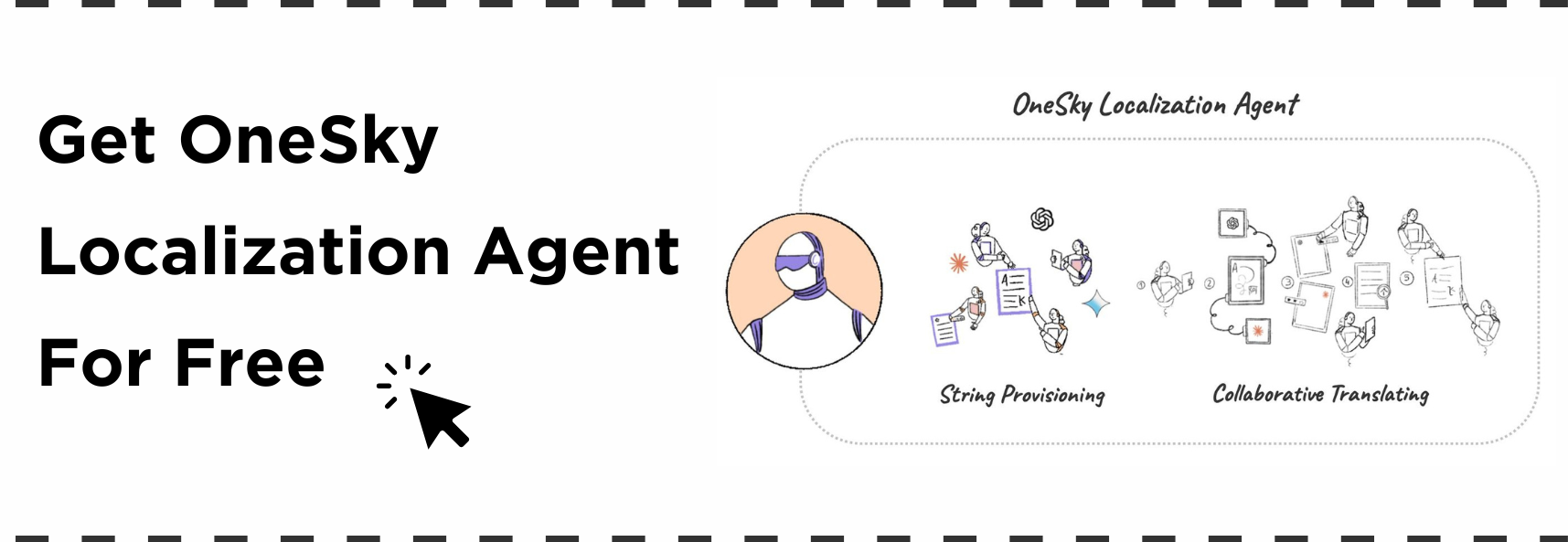
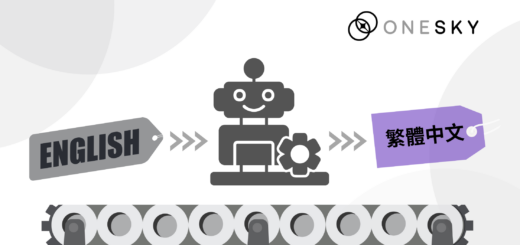
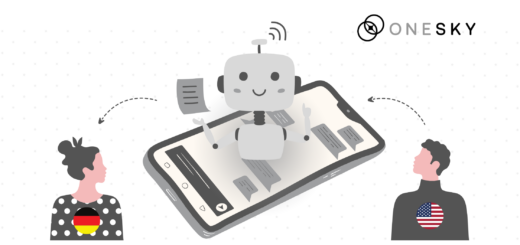
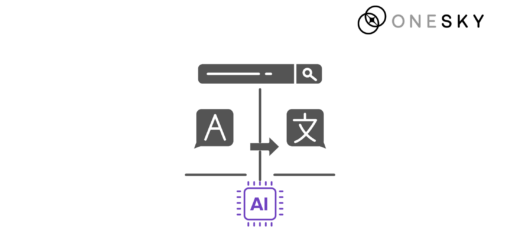





 Written by
Written by 



1 Response
[…] While AI may not fully replicate human intuition, hybrid models ensure that human translators oversee the nuanced aspects. This collaboration maintains cultural […]